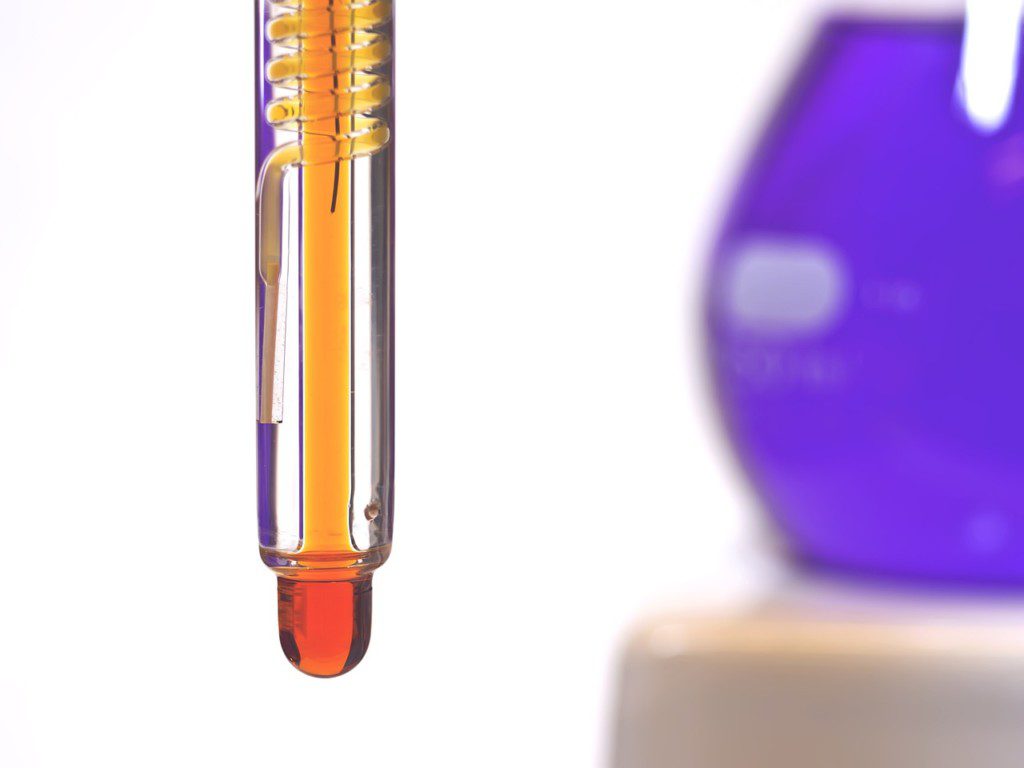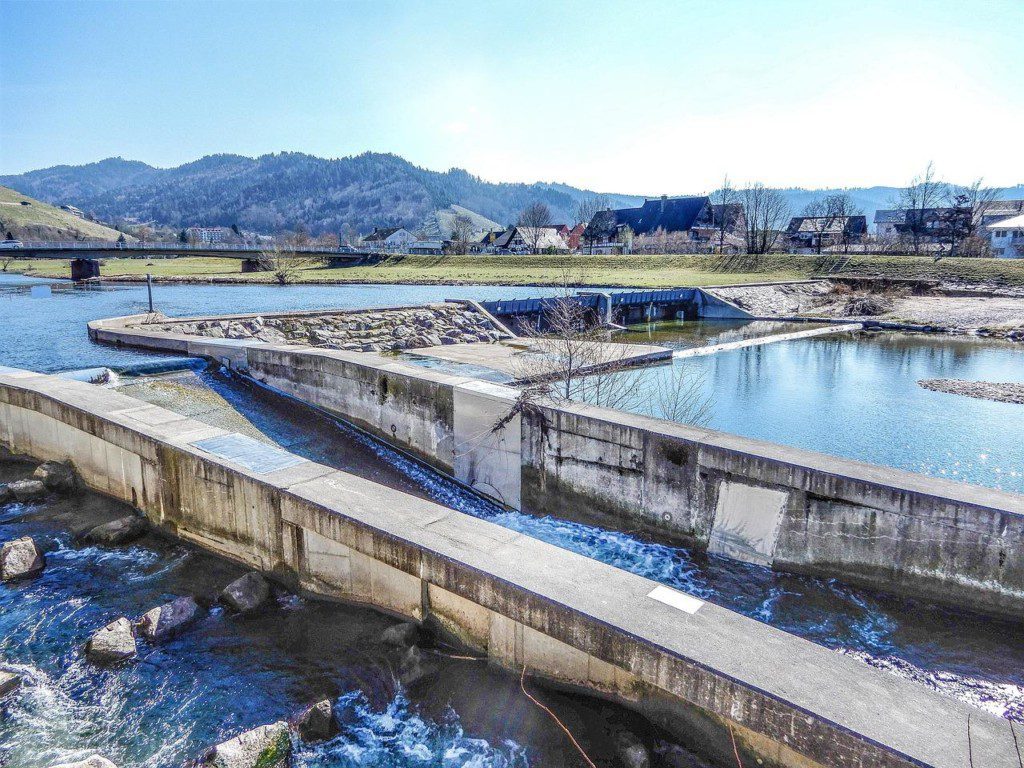Before industrial manufacturing facilities are able to discharge the wastewater that they produce during standard business processes, these facilities are required to treat the wastewater. By treating this wastewater before it’s sent into oceans, lakes, streams, and sewer systems, it’s guaranteed that most of the contaminants within the water will be removed before the water affects the environment. These regulatory requirements have been put in place by both state and federal agencies.
The process that’s used to treat wastewater before it’s discharged from industrial manufacturing facilities is pH neutralization. This is a core facet of the majority of wastewater treatment processes. When wastewater streams have too many contaminants in them, this means that the water is too acidic. When water has become acidic, its pH will be below seven. Whether high metal concentrations or substantial amounts of chemicals are present in the wastewater, these contaminants will invariably reduce the water’s pH and worsen the quality of the industrial effluent.
It’s possible to increase the water’s pH readings by performing the pH neutralization process, which involves adding certain substances to the water during the treatment process. These substances include everything from calcium hydroxide to sodium hydroxide. Once the water is measured at a pH level of 6-8, it can be safely discharged into oceans, rivers, and streams. If an industrial facility doesn’t abide by state and federal regulations for industrial effluent, heavy fines could be assessed. This guide offers a comprehensive view of the pH neutralization process and why it’s an integral component of the wastewater treatment process.
PH Neutralization System Components
 There are four basic components of a pH neutralization system, which include:
There are four basic components of a pH neutralization system, which include:
- Proper instrumentation
- An effluent holding tank
- Chemical reagent addition pumps and storage tanks
- One or more agitators
The system’s instrumentation covers all of the instruments and tools that are needed for controlling, monitoring, and recording processes. The pH and ORP electrodes are also considered to be a part of the system’s instrumentation. When looking specifically at the effluent holding tank, this is where the effluent will go before the process begins. This tank houses a pH sensor that will measure the water’s pH before chemicals are added to the water to boost its pH.
The pH controller instrument consists of a pH set point that the effluent must meet before it can be discharged. If the effluent doesn’t comply with state and federal regulations, the chemical pumps will start drawing caustic and acidic solutions from the reagent storage tanks. These chemicals will be sent to the holding tank for the effluent. At this point, the agitators will continuously mix the effluent to ensure that the chemicals are properly distributed throughout the tank. The tank’s pH sensor will then take additional readings to determine if pH levels have stabilized.
PH Neutralization Process
PH neutralization is a relatively straightforward process that can occur in a continuous or batch mode. The mode and type of system you choose depend entirely on your preference. Batch systems work by completely filling a holding tank before treating the effluent with different chemicals that are able to get rid of metals and other types of contaminants. By introducing these chemicals to the affluent, the pH levels will increase before discharge.
As for continuous systems, these systems work by allowing the effluent to flow through numerous basins or tanks where pH measurements can be taken and chemicals can be added. No matter which type of system you use, it’s essential that the correct amount of chemicals are added to the effluent and that the system’s pH sensors work perfectly. If any issues arise with the operation of the pH neutralization system, you may be sending acidic and contaminated wastewater into the environment as a result of incorrect readings.
Once the neutralization process has been completed, the effluent will be discharged. Wherever the discharge is set to occur, it’s highly recommended that you install a pH sensor in the area to identify the pH levels at the exact point of discharge. These readings can then be provided to external agencies when they inspect your pH neutralization system.
As touched upon previously, it’s essential that all of your wastewater treatment equipment is properly maintained. Maintaining this equipment can be challenging if your facility lacks resources to spend on premium treatment systems. If the pH measurement systems that you’re using aren’t working properly, the neutralization process may not work as intended. When this occurs, you may need to manually override the dosing systems to ensure that the right chemicals are added to the effluent. If the amount of correction chemicals that are added to the effluent is too high, it can be very costly to fix the issue.
Problems that Can Occur with the PH Neutralization System
 While pH neutralization systems can be highly effective at increasing pH levels, there are some issues that can occur with these types of systems. Most of these issues are related to the performance of the pH sensor. If you’re using the wrong electrode technology or have placed the electrode in the incorrect position, the system may not function as it should. To ensure that this issue doesn’t affect your pH neutralization system, you should focus on selecting the best pH sensor for the job.
While pH neutralization systems can be highly effective at increasing pH levels, there are some issues that can occur with these types of systems. Most of these issues are related to the performance of the pH sensor. If you’re using the wrong electrode technology or have placed the electrode in the incorrect position, the system may not function as it should. To ensure that this issue doesn’t affect your pH neutralization system, you should focus on selecting the best pH sensor for the job.
There are several types of electrodes that you can use with a pH neutralization system, which include single-junction combination sensors, double-junction combination sensors, differential pH electrodes, and non-porous pH electrodes. The non-porous pH electrodes are ideal because they have a much longer lifetime than porous electrodes. The other three-electrode types are good alternatives but come with extensive maintenance requirements.
It’s also common for pH sensors to be mounted incorrectly, which can lead to you receiving poor readings that don’t accurately reflect the actual pH levels in the tank. When you’re getting ready to mount the sensor, there are some considerations that you should take into account. For instance, the sensor’s dip tube needs to be supported to ensure that the sensor doesn’t move to another position around the tank. If the tube moves too much, it could come into contact with the agitators, which would likely cause the sensor to be damaged.
Make sure that the electrode isn’t mounted directly in the area where the chemicals are added. Doing so could affect the measurements you obtain. The electrode should always be installed in an area where the effluent is flowing properly. In this position, the effluent shouldn’t coat the sensor too much, which would reduce your maintenance requirements. In the event that the sensor is heavily coated on a regular basis, you could consider investing your money in an automated cleaning system, which can extend the longevity of your sensor.
PH Electrode Maintenance
The pH electrode must be maintained on a regular basis if you want your pH neutralization system to remain in good condition. Without proper maintenance, some of the common problems that can affect the electrode include:
- Oily coatings on the electrode
- Reference junction plugging or fouling
- PH bulb failure or breakage
- Short electrode life because of reference poisoning
If the electrode is commonly coated by oil and other substances, consider using sensors that contain non-porous reference junctions. Using an automated system that will clean the electrode can also further reduce your maintenance requirements. In the event that the reference junction is plugging or fouling on a regular basis, non-porous electrodes can be used as a solution to this problem as well. If your pH bulbs are breaking when coming into contact with effluent, they can be protected with a bulb guard. As for reference poisoning issues, using non-porous electrodes will allow you to avoid these problems.
Care and Cleaning of Your PH Electrode
 Proper care and cleaning of your pH electrode can be done in a few simple steps. Whenever you handle pH electrodes, it’s important that you wear safety glasses and gloves. When the electrodes aren’t being used, they should remain in a liquid solution at all times. If an electrode dries out, it can no longer be used. Most electrodes can only be purchased in a salt solution, which you can continue to use in the future.
Proper care and cleaning of your pH electrode can be done in a few simple steps. Whenever you handle pH electrodes, it’s important that you wear safety glasses and gloves. When the electrodes aren’t being used, they should remain in a liquid solution at all times. If an electrode dries out, it can no longer be used. Most electrodes can only be purchased in a salt solution, which you can continue to use in the future.
In order to clean an electrode, you should place it in a solution that’s comprised of 95 percent water and five percent hydrochloric acid. The majority of coatings will dissolve when the electrode is placed in this solution. The sensor should be soaked for 5-10 minutes before you rinse it off. If the coatings around the sensor are particularly heavy, the aforementioned steps should be repeated several times. Always use a soft cloth to wipe off the sensor since any abrasive cloths or brushes will damage the electrode.
Conclusion
When you work in an industrial facility that creates wastewater, it’s important that you understand how to treat this wastewater before it’s discharged into the environment. A key component of any wastewater treatment process is pH neutralization, which ensures that the contaminants are removed from the wastewater and that the pH measurements become less acidic. As mentioned previously, the state and federal governments that maintain the pH neutralization requirements will levy substantial fines for any company that doesn’t adhere to these guidelines. With the right pH sensor, the pH neutralization process is quick and easy.





